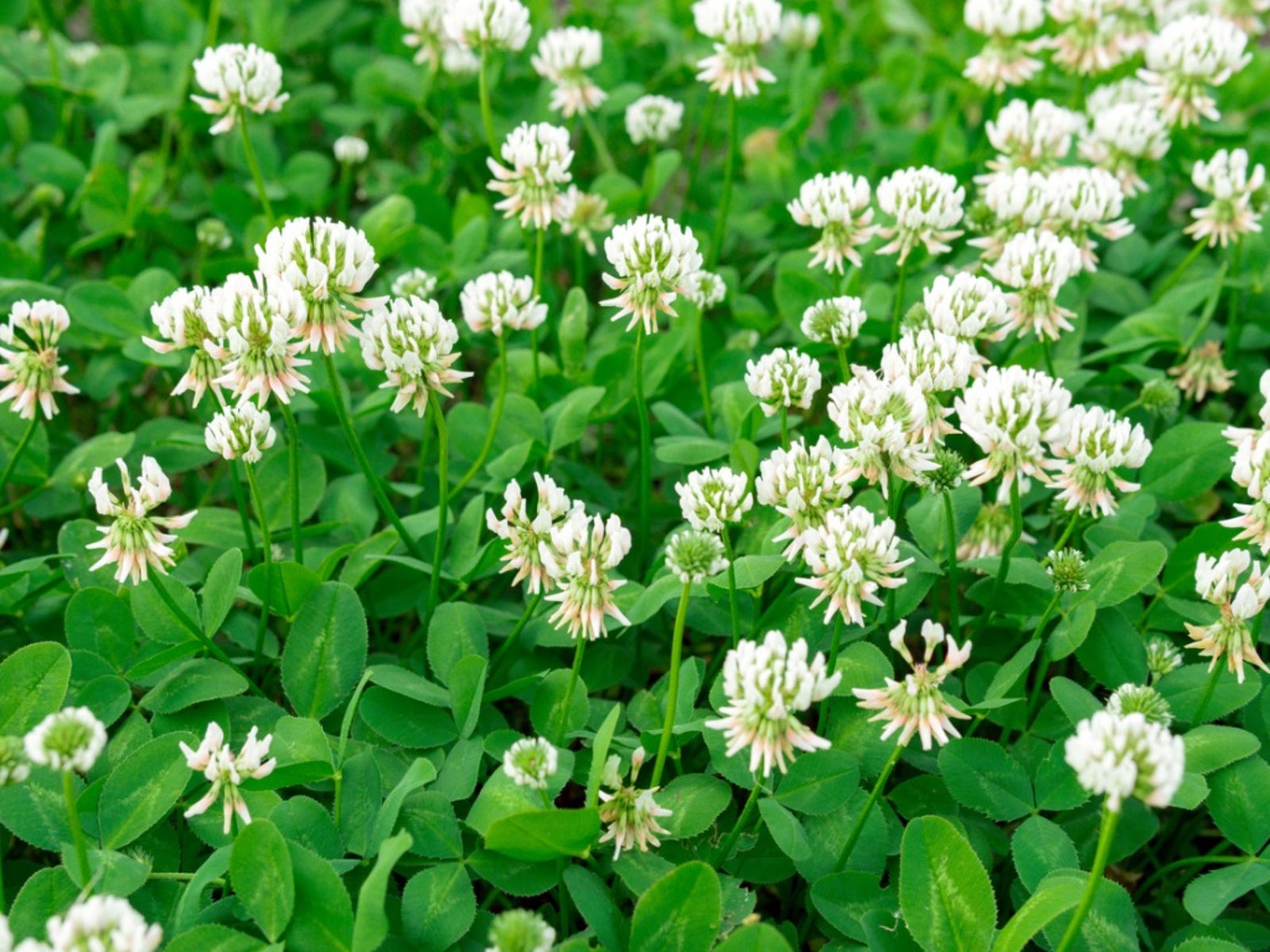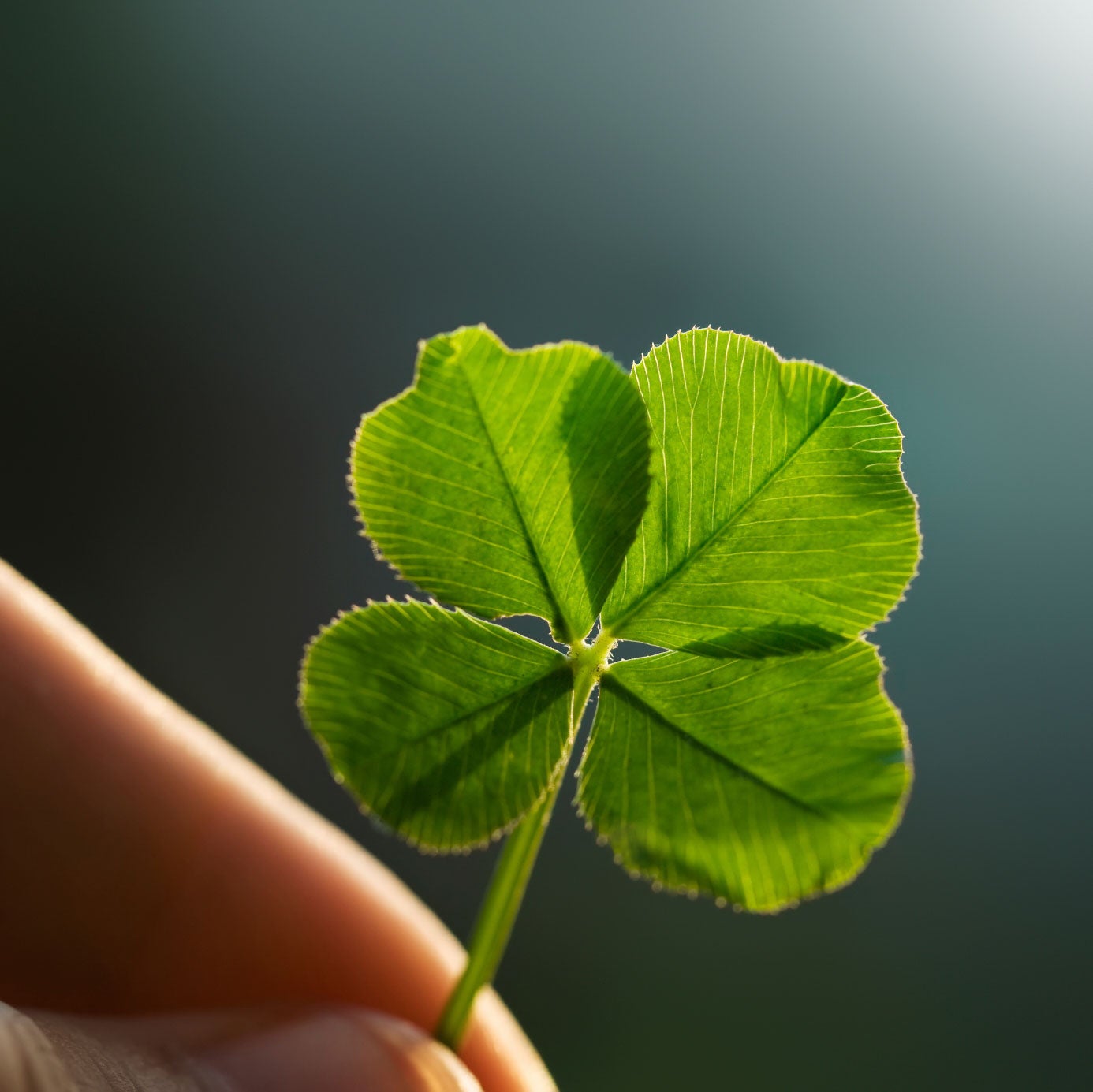Grow A White Clover Lawn - Using Clover As A Grass Substitute


In today's more environmentally conscious world, some people are looking for an alternative to the traditional grass lawn and wonder if they can use white clover as a grass substitute. It is possible to grow a white clover lawn, but there are some things to consider before you launch head first into having a white clover yard. Let's take a look at issues of using a white clover lawn substitute and how to replace your lawn with clover once you are aware of these issues.
Issues with Using Clover as a Grass Substitute
There are a few things you should be aware of before creating a white clover lawn. 1. Clover attracts bees - Honeybees are a wonderful thing to have in any garden as they pollinate the vegetables and flowers. However, when you have a white clover yard, the bees will be everywhere. If you have children or frequently go barefoot, there will be an increase in bee stings. 2. Clover does not hold up to REPEAT high traffic - For the most part, white clover handles heavy foot traffic pretty well; BUT, if your yard is walked or played on frequently in the same general area (as with most grasses), a white clover yard can end up half dead and patchy. To remedy this, it is usually recommended to mix the clover in with high traffic grass. 3. Clover is not drought tolerant over large areas - Many people think that a clover lawn substitute solution is best because white clover seems to survive even the harshest drought. It is only moderately drought tolerant though, when the different white clover plants are growing apart from each other. When they are grown close together, they compete for water and cannot support themselves in dry times. If you are ok with the facts above about having a white clover lawn, you are ready to use clover as a grass substitute.
How to Replace Your Lawn with Clover
Clover should be planted in the spring or summer so that it has time to establish itself before cold weather comes. First, remove all of the grass on your current lawn to eliminate the competition. If you would like, you can leave the current lawn, and seed over top of the grass, but it will take longer for the clover to dominate the yard. Second, regardless of whether you remove the grass or not, rake or scratch the surface of your yard wherever you'd like to grow the clover as a grass substitute. Third, spread the seed at about 6 to 8 ounces (170-226 g.) per 1,000 feet (305 m.). The seeds are very small and may be hard to spread evenly. Do the best you can. The clover will eventually fill in any spots you miss. Fourth, water deeply after seeding. For the next several weeks, water regularly until your white clover yard has established itself. Fifth, do not fertilize your white clover lawn. This will kill it. After this, simply enjoy your low maintenance, white clover lawn.
Gardening tips, videos, info and more delivered right to your inbox!
Sign up for the Gardening Know How newsletter today and receive a free copy of our e-book "How to Grow Delicious Tomatoes".

Heather Rhoades founded Gardening Know How in 2007. She holds degrees from Cleveland State University and Northern Kentucky University. She is an avid gardener with a passion for community, and is a recipient of the Master Gardeners of Ohio Lifetime Achievement Award.
-
 Types Of Tomatoes Explained: Explore The Many Wonderful Shapes, Colors, Flavors, & Best Uses
Types Of Tomatoes Explained: Explore The Many Wonderful Shapes, Colors, Flavors, & Best UsesThe world of tomato varieties is vast and fascinating. Learn about the key types to grow in your garden, tailored to your preferences and space.
By Amy Grant
-
 Try The Trend – Turn Any Bed Into A Keyhole Garden With This Clever In-Ground Composter
Try The Trend – Turn Any Bed Into A Keyhole Garden With This Clever In-Ground ComposterKeyhole gardening is an efficient and sustainable practice that saves space. Get started on this DIY project quickly and easily with an in-ground composter.
By Bonnie L. Grant
